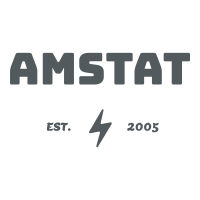AMSTAT Consulting analyzed hourly gas usage across three climate zones to help a utility prioritize decommissioning zones. The client lacked detailed data on variation by appliance type, housing stock, and weather. The firm processed smart meter data from 1.2 million households, enriched with GIS-based building and income data. Variables included hourly therms used, appliance load signatures, zip code, and real-time weather. It applied time-series decomposition and clustering to isolate early-morning heating spikes and evening cooking peaks. Cross-validation with building permit data confirmed appliance age as a strong predictor of gas dependence.
A key challenge was disaggregating end uses without intrusive sensors. The team resolved this by training a machine learning model on submetered pilot data to recognize appliance load signatures. This resulted in a market-ready model for appliance-level gas load forecasting using smart meter and climate data. It developed GIS-linked dashboards that visualize end-use risk zones and estimate avoided pressure loss under transition scenarios. The firm used hydraulic simulations to estimate pipeline impacts under different decommissioning sequences, tied to daily peak-use profiles.
The client used results to map phased retirement zones and guide targeted heat pump adoption. The study supported new rebate designs for electric stoves based on gas-use clustering in cooking-dominant regions. It informed the agency’s outreach campaigns, helping shift public perception in persistently high-use neighborhoods. The client adopted the usage profiles as standard inputs for future decarbonization and demand response modeling.
